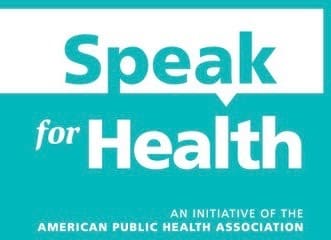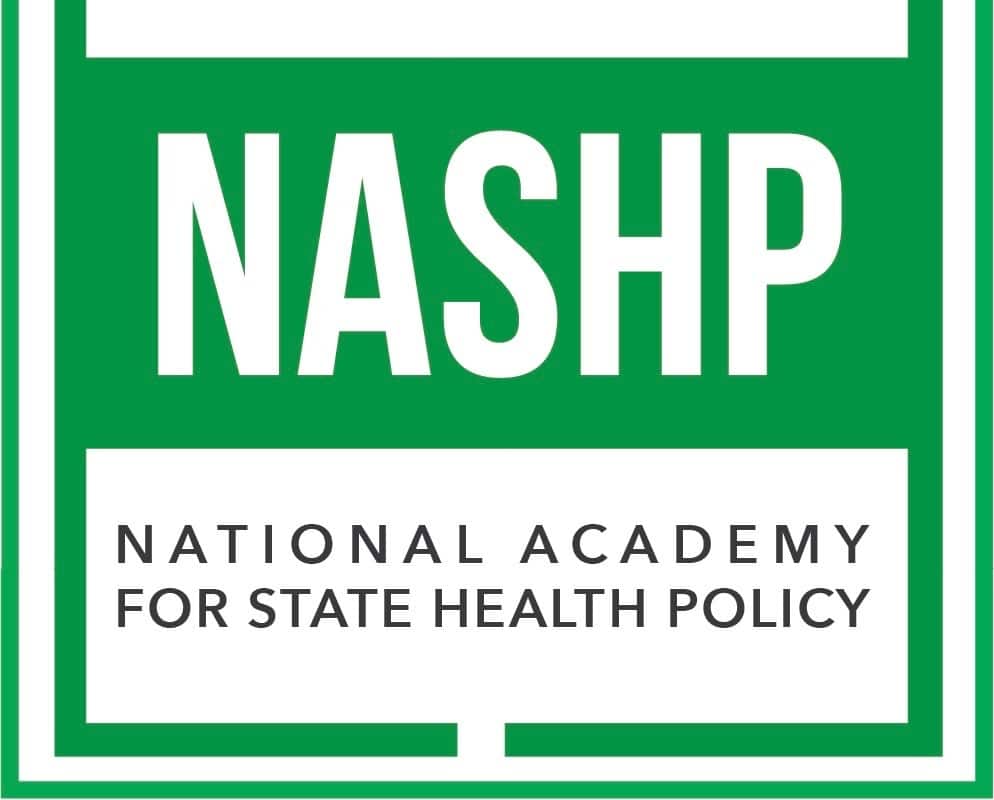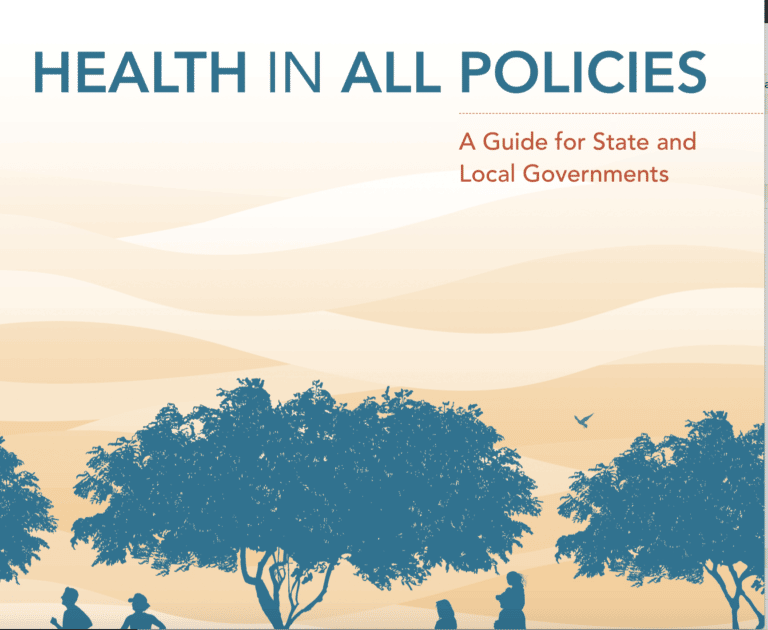
Not sure where to begin? Here are some steps to get started:
- First, identify the public health issues that you are passionate about. For example, you might want to tackle a particular health condition (obesity, asthma, or diabetes), violence prevention, health equity, or a community condition like affordable housing or safe drinking water.
- Next, go online to find other people or organizations who share your vision and values. Even if you find a group that’s not in your community, it might be worth getting in touch to find out more about how they got started.
- Then, learn who the decision-makers are on your issue. Typically, they include elected officials — like the governor, mayors, city council members, and state representatives — but can also include business and community leaders, local and national advocacy organizations, or health commissioners for your state, county, or city. Once you’ve identified them, sign up for any newsletters they may offer or follow them on social media to stay informed.
- Next, partner with like-minded people and organizations in your community. Keep in mind, partners will likely be more than hospitals, health departments, and other health organizations. Depending on your issue of importance, your partners may include schools, businesses, public safety agencies, or nonprofits in other areas.
- Finally, locate informational resources to help you learn more about the problems you’re trying to solve, and potential solutions. Two good places to start are County Health Rankings and CityHealth, which can help you understand the factors that influence your community’s health.
These steps will put you on a quick path to becoming an effective advocate — and empower you to help make your community a healthier place to live.





